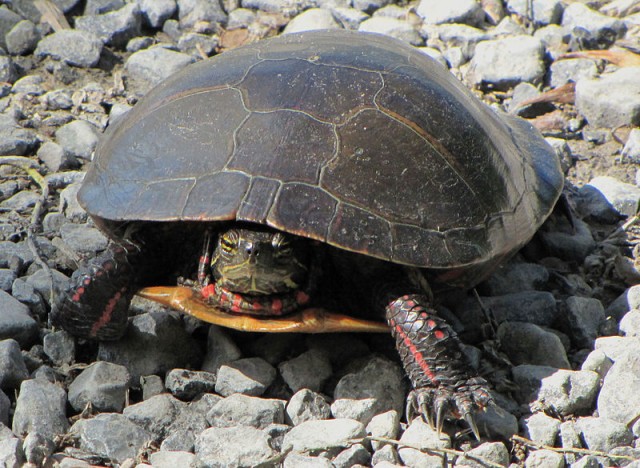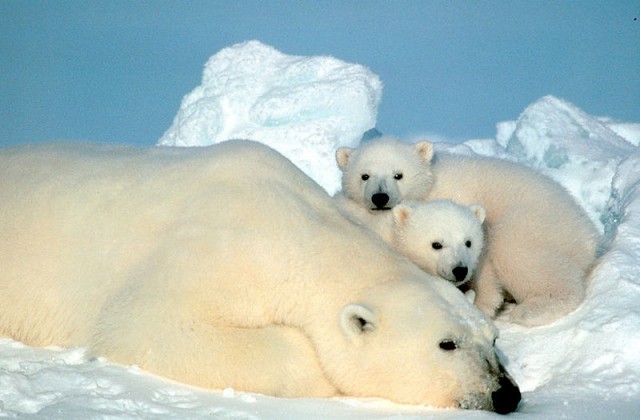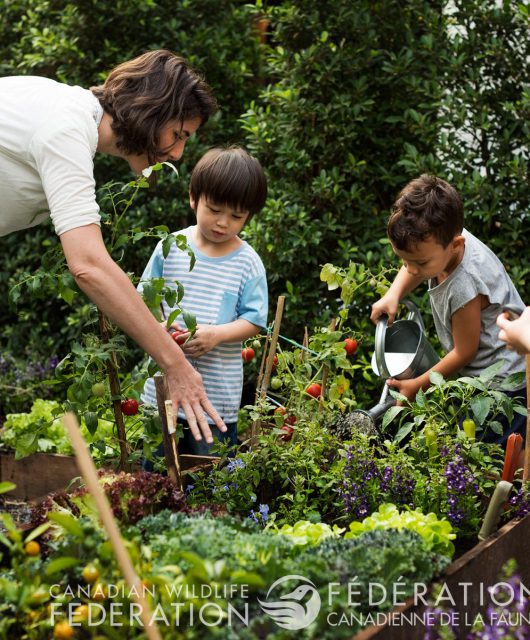The origin of the biathlon can be traced back thousands of years to when hunters would track game on skis and kill prey using spears. Today, the Olympic biathlon is less about survival as competitors’ self-discipline and instincts are tested.
In a climate as harsh as Canada’s, a special skill set and the will to survive is necessary. Let’s see how Canada’s toughest species battle through winter and live to see another summer.
Bronze Medal- Little Brown Bat

The Little Brown Bat deserves bronze for its extraordinary self-discipline while hibernating. In winter, these furry mammals can lower their heart rate from 210 beats per minute to 20. They are also known to go for 45 minutes without taking a breath. As insectivores the Little Brown Bat is not able to feed all winter. So, in late summer and early fall they catch up to 1,000 insects an hour in order to increase their weight 30 per cent for hibernation.
As impressive as these bats are, they are facing a new threat that is endangering their populations.
Silver Medal – Painted Turtle

There are three species of Painted Turtle in Canada – Western, Midland, and Eastern. All of them deserve the silver medal for their remarkable survival skills. Equipped with the ability to survive in temperatures as low as -9 ºC, the Painted Turtle buries itself in the mud at the bottom of lakes or ponds each winter. While buried, they completely stop breathing, only taking in small amounts of oxygen found in the mud through their skin. Their blood also goes through a biological process to become like anti-freeze and protect their internal tissues.
Gold Medal- Polar Bear

All Polar Bears are survival experts, but Polar Bear mothers are our gold medal winners! To ensure they have enough breast milk to feed their young, Polar Bear mothers gain 450 pounds in four months! To protect their cubs from the bitter winds of the North they build a den out of snowdrift. In early winter, the cubs are born and the mother polar bear feeds, protects and keeps them warm, not leaving the den until spring time. If she were to leave during the winter months, the cubs would surely die.


